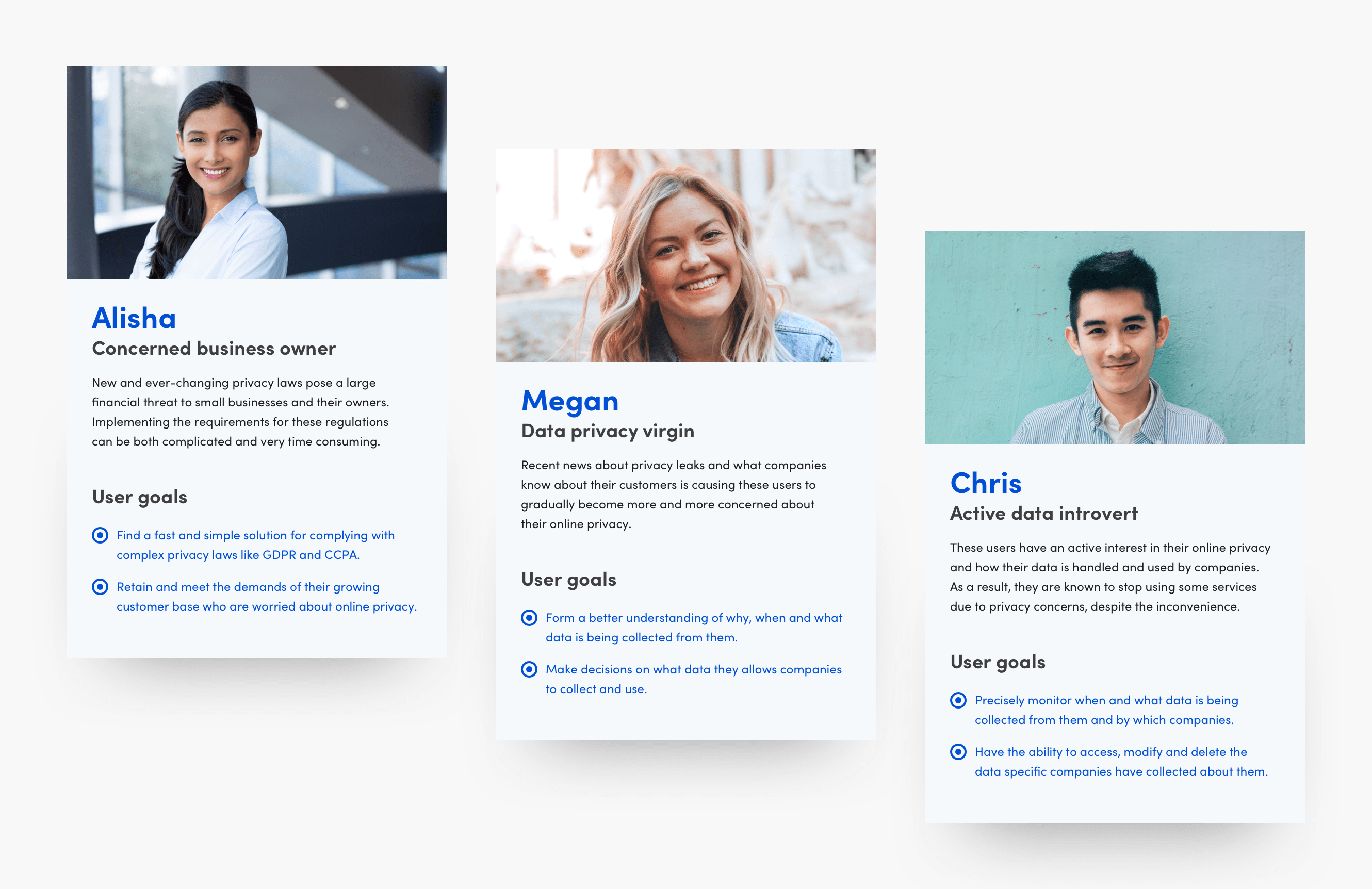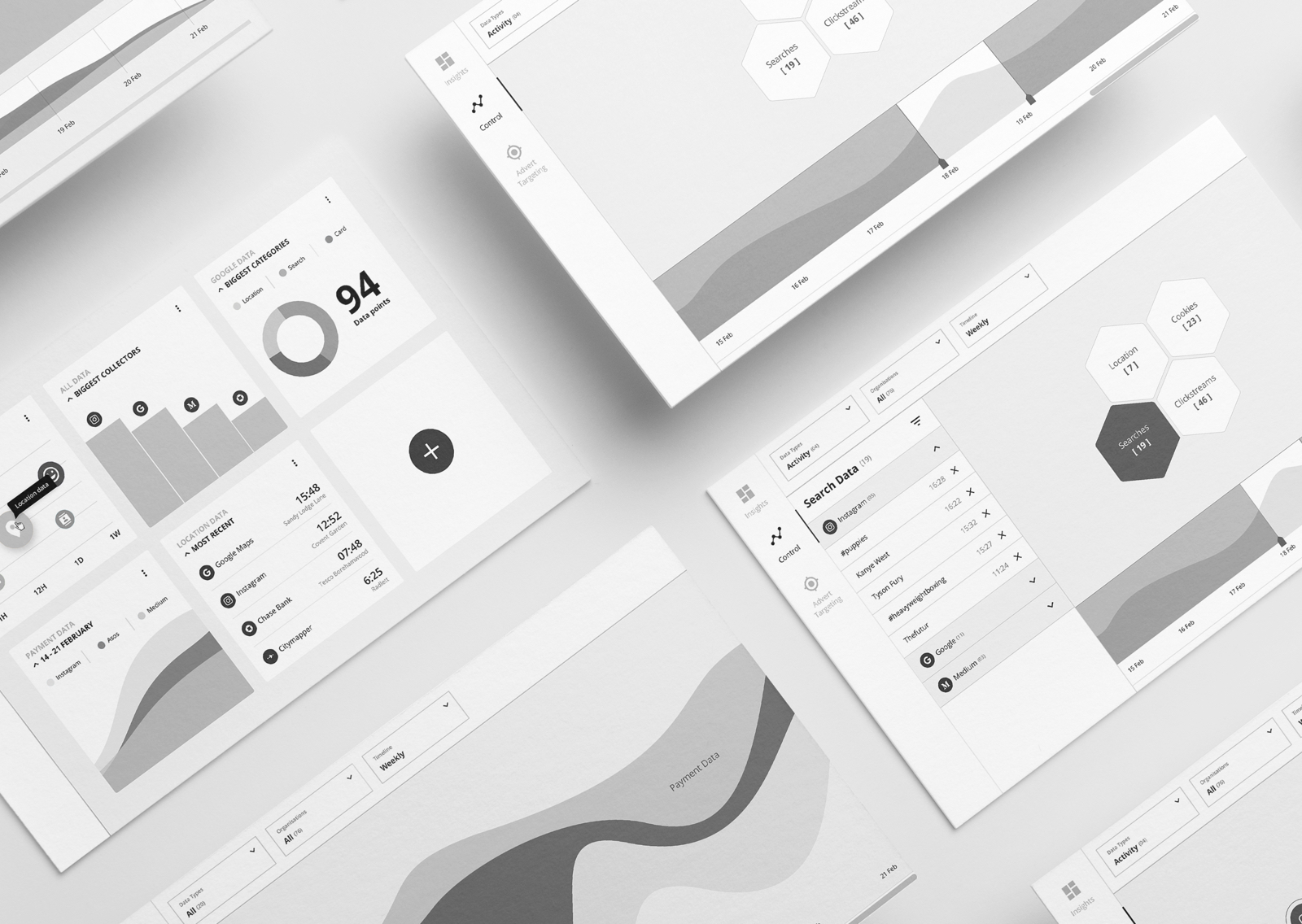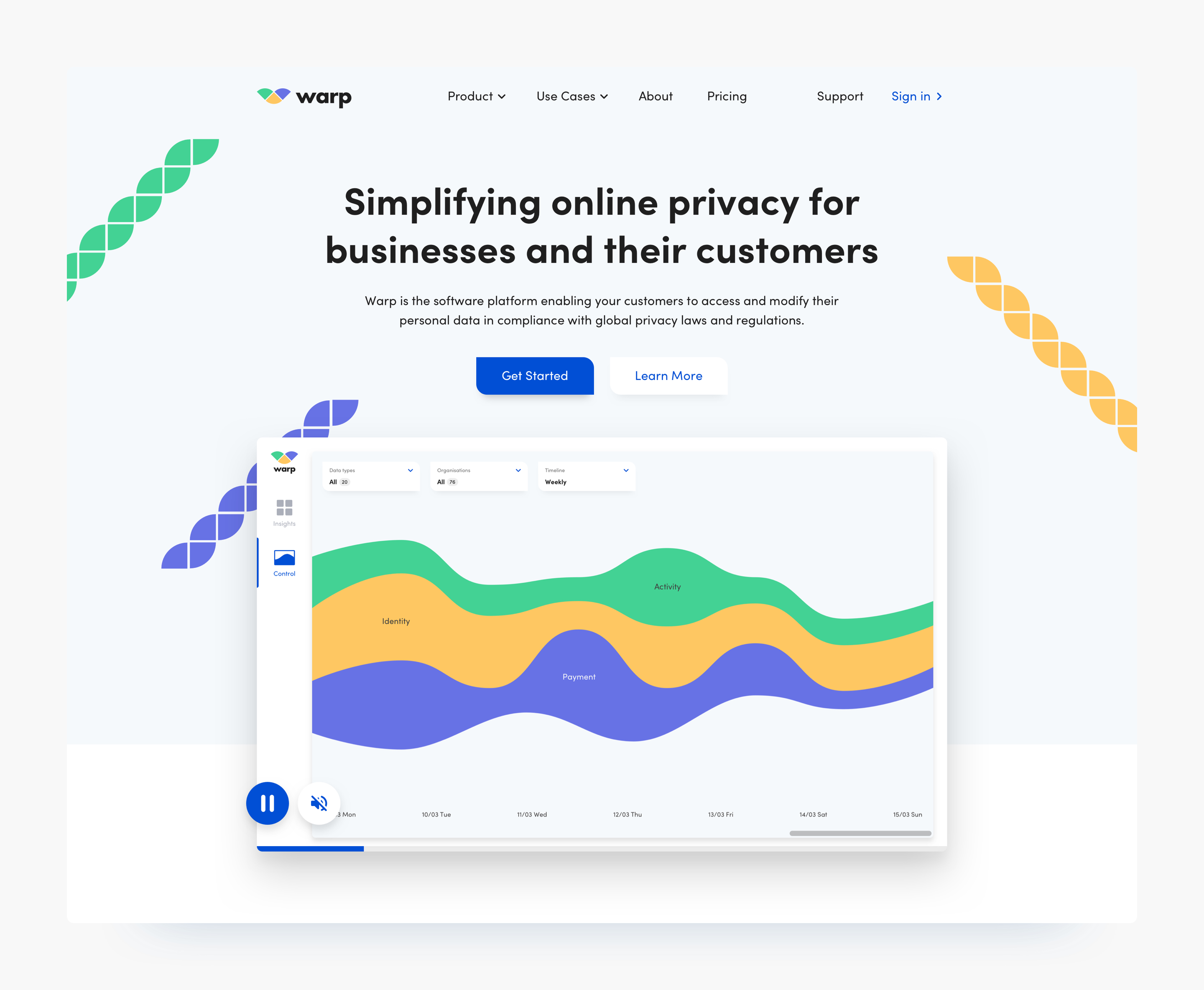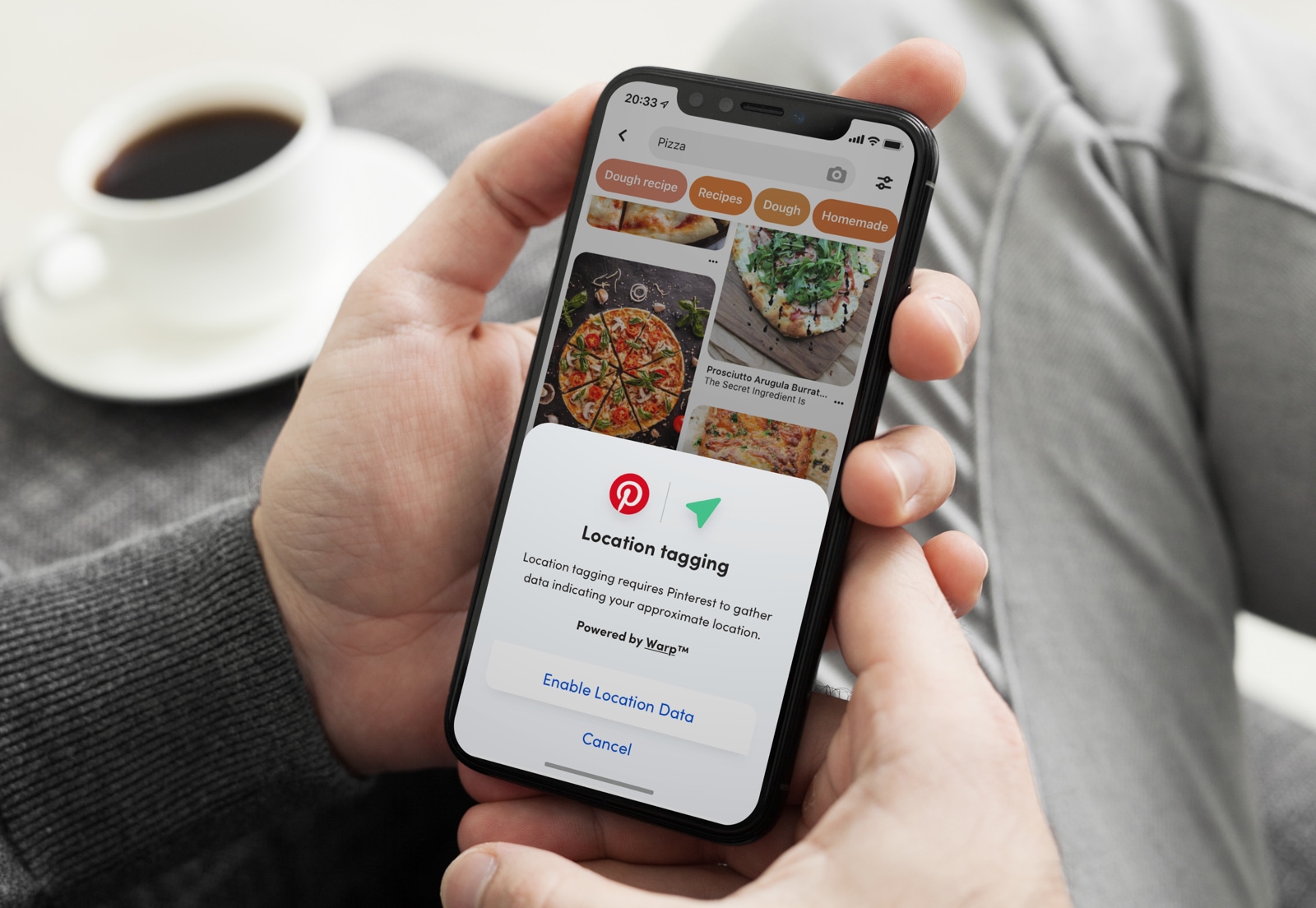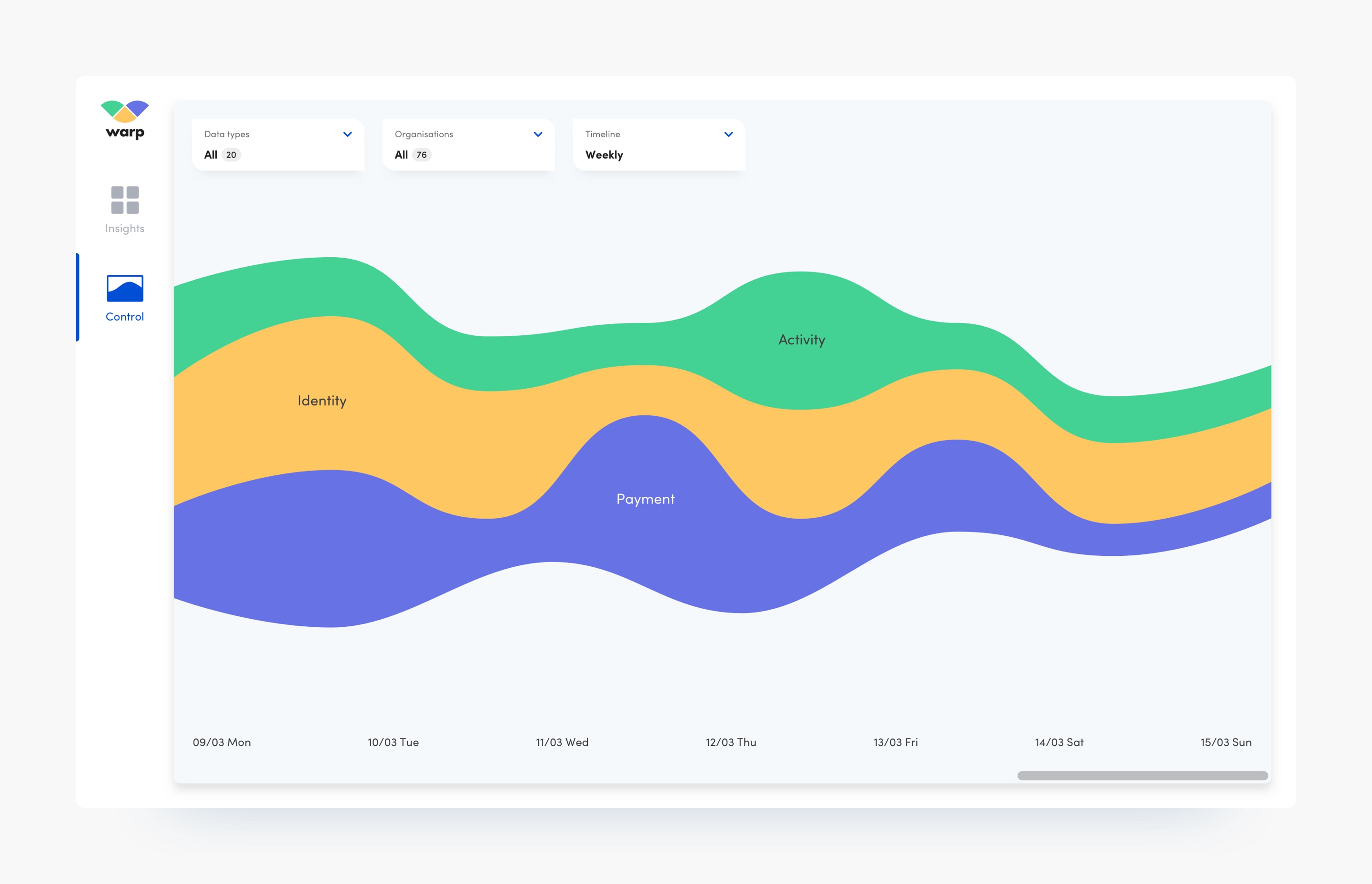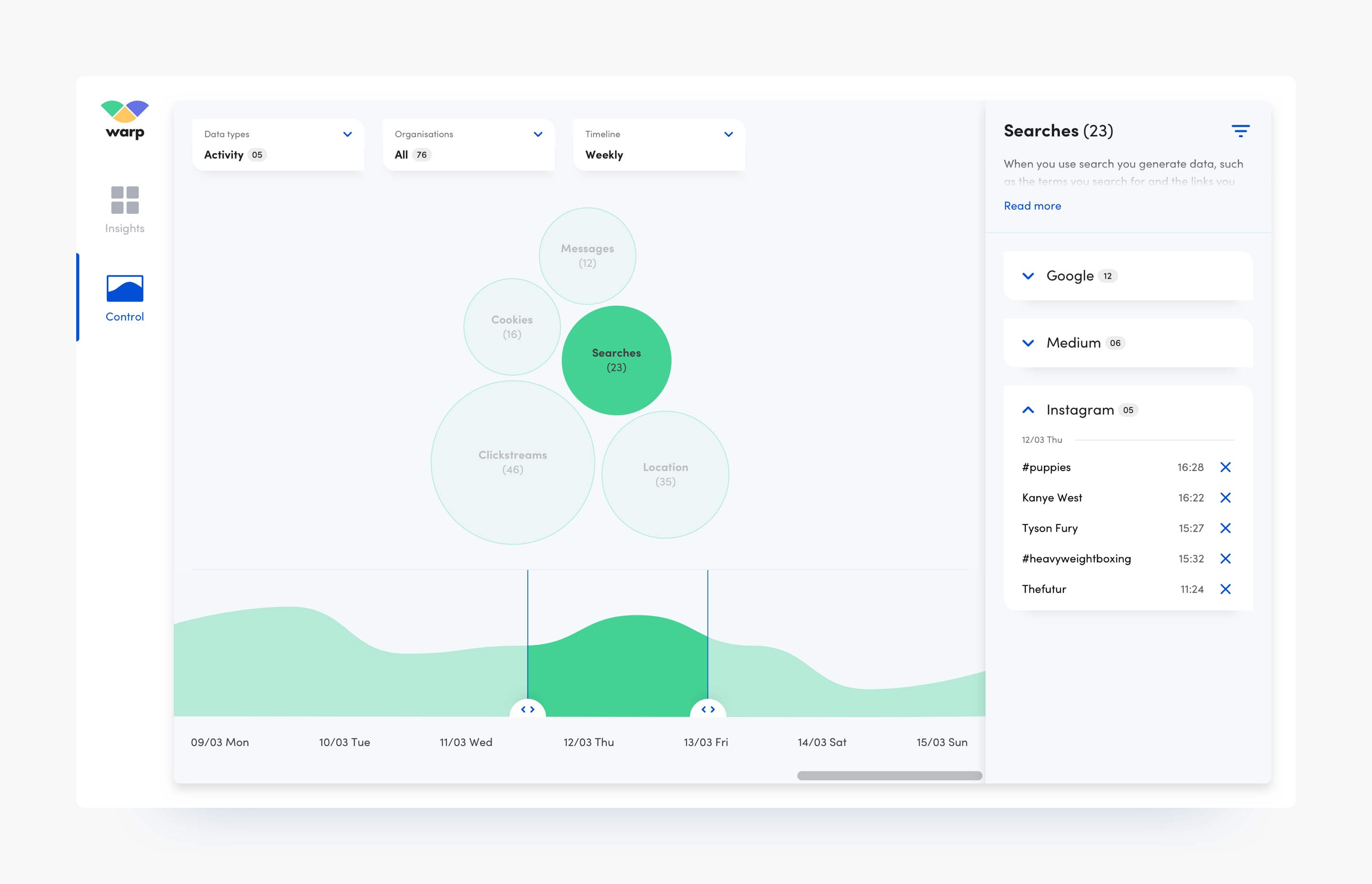| WARP PRIVACY
| WARP PRIVACY
| WARP PRIVACY
| WARP PRIVACY
| WARP PRIVACY
Solving data privacy for businesses and their customers
Solving data privacy for businesses and their customers
Solving data privacy for businesses and their customers
Solving data privacy for businesses and their customers
Solving data privacy for businesses and their customers
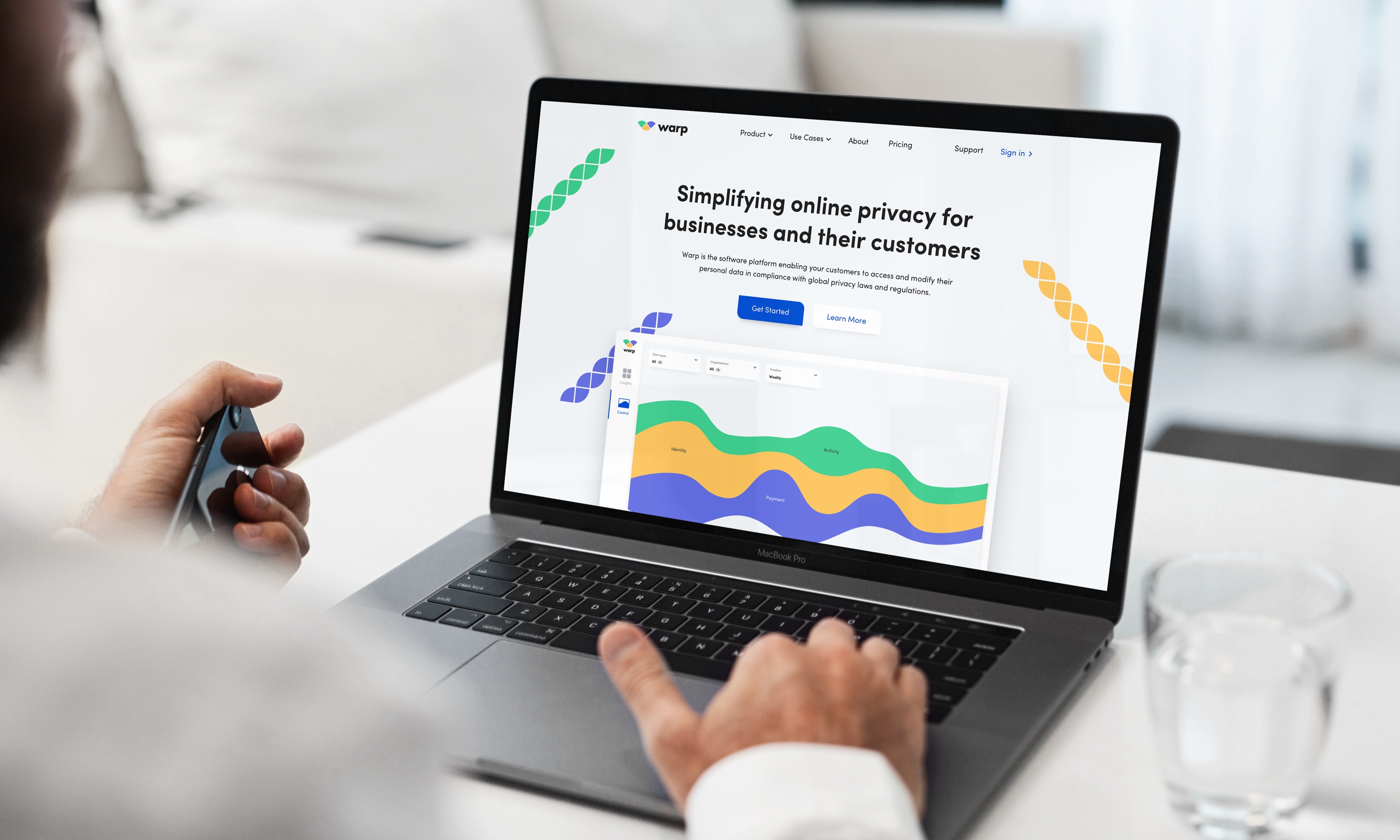
The state of data privacy
For my final major project at university, I decided to tackle a problem space that I’m very passionate about; consumers dwindling privacy and control over their data.
Data privacy is the relationship between consumers and organisations relating to how data is collected and used.
Often without our knowledge, this data feeds marketers, landlords, employers etc. As personal data gets more detailed and correlated, increasingly, it defines us in our entirety. The moment we handover our data to companies is the moment we accept their privacy policy; a legal document that discloses some or all of the ways a party gathers, uses and discloses a customer or clients data.

Headlines surrounding data privacy
In todays online centric world, data breaches and privacy concerns are headline worthy news. Remember Facebook’s Cambridge Analytica scandal? How about British Airways leaking 500,000 customer’s details in its 2018 data breach? Incidents like these are spread like wildfire by the media and have resulted in poor public perception regarding the safety of personal data shared with private organisations.
In fact, a 2015 survey carried out by the European comission found that only 29% of consumers did not mind providing personal information in return for online services.
A product design approach to privacy
Having discovered that our dwindling data privacy centres around the relationship between businesses and their customers, I decided it was essential to understand the problems faced by both stakeholders in order to uncover a feasible solution. I was then able to use these key insights going forward to develop and test my ideas.
Consumer insights & business drivers
Privacy policies are long and lack context, leading to 50% of consumers limiting their online activity over privacy concerns. New laws like GDPR mandate businesses to give users access and control over their data.
Photo - FastCompany
Printing Out The Privacy Policies Of Facebook, Snap, And Others
Sketch ideation
I visualised a range of ideas that addressed different privacy issues for both businesses and their customers. These ranged from interactive data dashboards to simpler contextual privacy control integrations.
Concept duality
There were often two sides to an idea which could provide benefits to both parties
Concept testing
I ran a workshop with potential users and business owners to test my early ideas. I gathered feedback from participants on my concepts when compared with currently existing privacy solutions like Google’s.
Results
Attendees preferred the majority of my concepts over existing solutions
Proposed solution
Through the design process outlined above, I selected the strongest concepts and distilled their combined value into the the following product statement:
A privacy platform for businesses that adheres to new GDPR and CCPA regulations by providing customers with frictionless access and control of their data.
Using the key takeaways from my research, I then defined the goals that the minimum viable product (MVP) had to achieve to improve the state of data privacy.
· Trust: to improve the relationship between businesses and their customers, it is important to decentralise the way data is stored and accessed by both parties.
· Data access: customers should easily be able to access, modify and delete their personal data stored by businesses. Without this, companies lack transparency for how they use consumer data whilst also failing to comply with new privacy laws.
· Collect what’s needed: organisations should only request the minimum data required from consumers in their upfront privacy policy. Additional data for extra features can be collected in context, helping avoid long and non-specific privacy policies.
Identifying the user archetypes
Having spoken to potential users in the concept testing phase of the project, I created a set of persona snapshots based on their differing privacy concerns and goals.
Planning the user journeys
At this stage I created high fidelity wireframes to illustrate how different user archetypes could move through the product to achieve their individual goals.
Along the way I made a couple of key decisions regarding how user data is presented:
· I created a seperate tab in the interface for quick insights to surface relevant data for Megan whilst also helping Chris monitor the data he is most interested in.
· There is a potentially infinite number of companies a user could have data stored with versus a finite number of data types that companies can collect. For this reason, it is easier for users to view all their collected data when it is organised by type.
· I decided to sort user data into three categories (activity, identity and payment data) and show changes in how this data is collected over time with a streamgraph. This helps visually guide users to anomalies in how their data is being used over time.
Crafting the appropriate visual language
I completed a short exercise of putting the core values the product was built around into words. These then inspired its brand identity and user interface design.
As a whole, I wanted the product to feel bold and transparent for users, providing a feeling that all of their data is being presented to them in plain sight.

The Warp logo is identifiable on both light & dark backgrounds
The logo form is reminiscent of the product's streamgraph interface, whilst the three segments represent the overarching activity, identity and payment data categories.
The overall shape also eludes to the Warp product name by looking similar to an abstracted letter w. The name draws attention to the product’s core functionality, enabling users to ‘warp’ their data by accessing, modifying and deleting it at will.
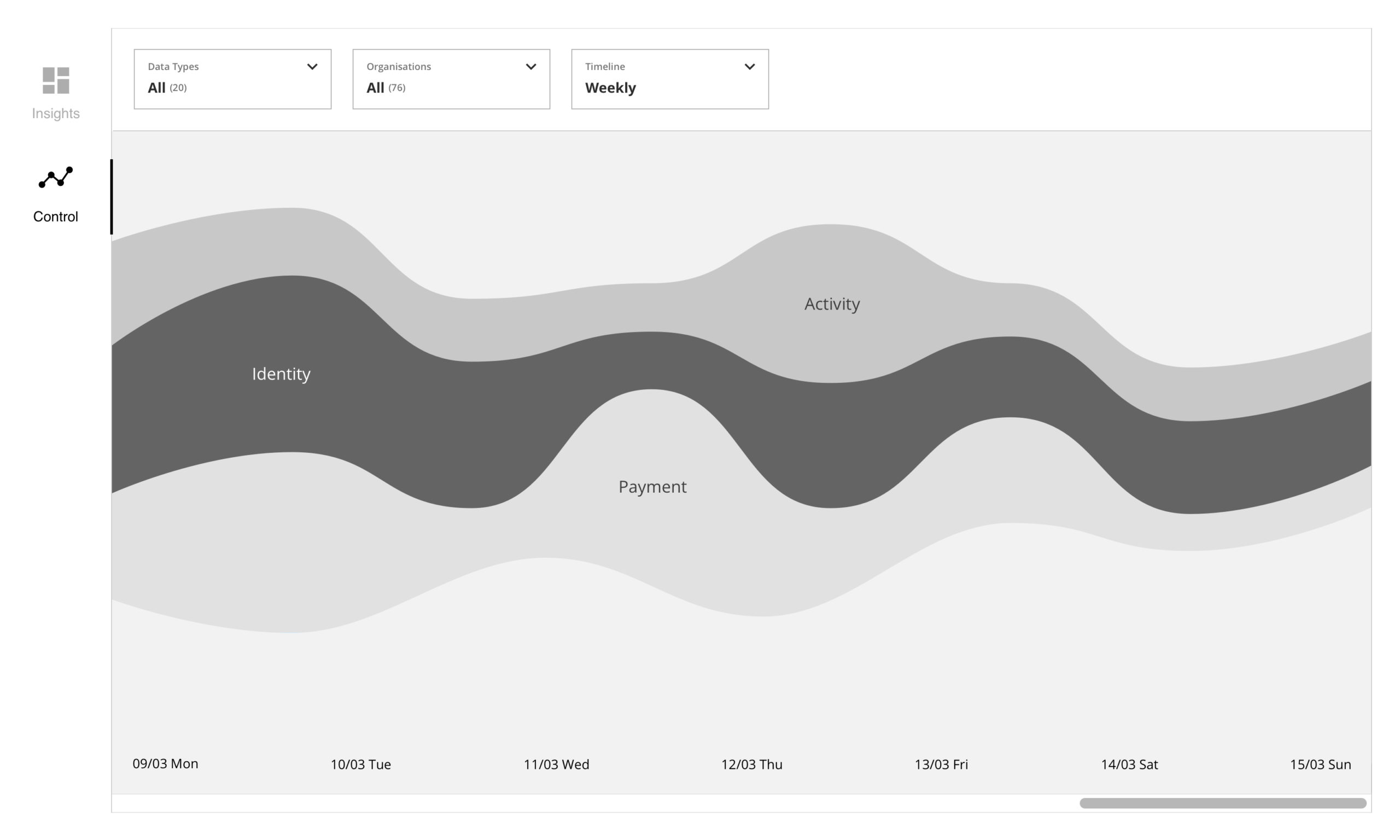
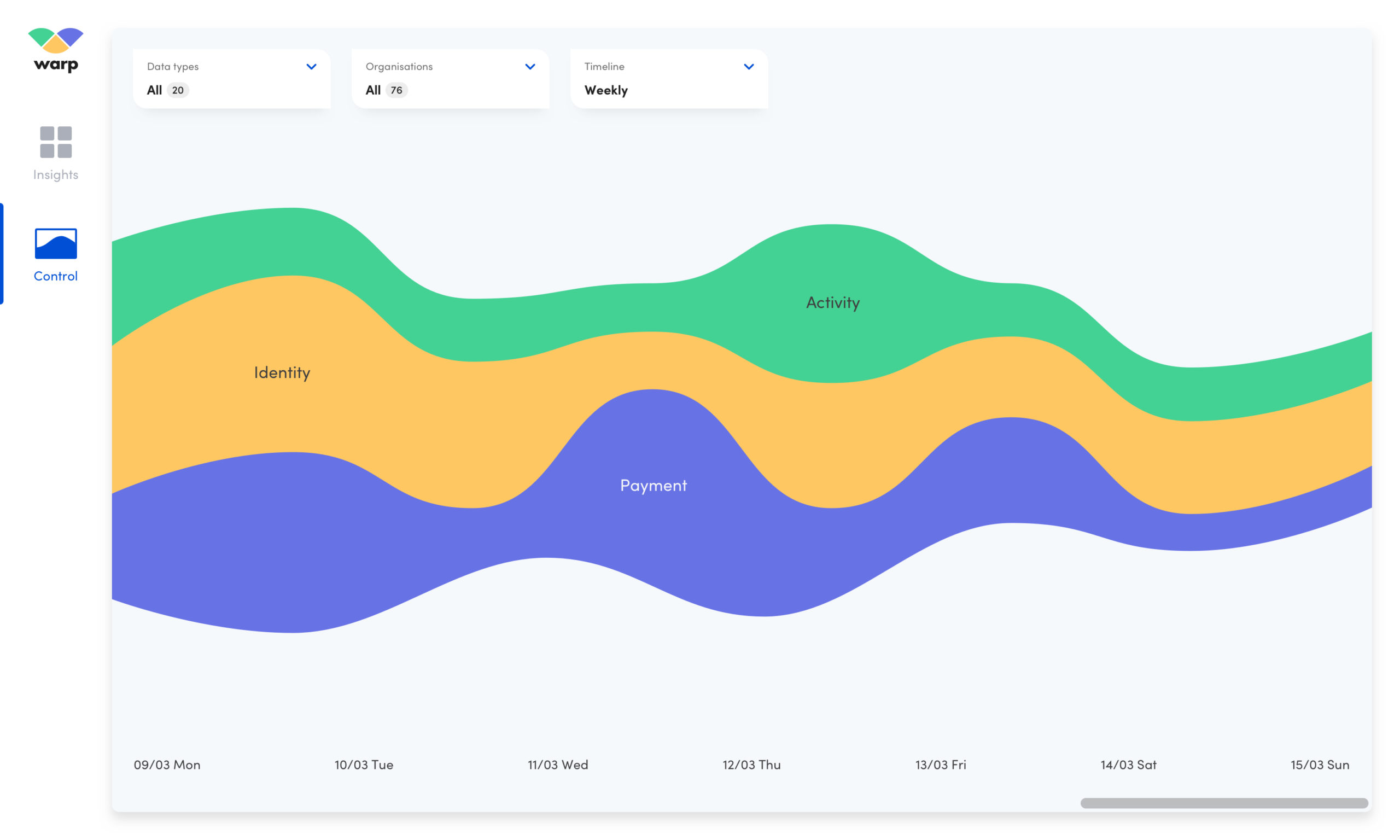
Drag the slider to see how the Warp brand identity was applied to the product’s user interface
THE WARP PLATFORM
Designing data privacy as a product
Businesses can learn about Warp and sign up for the platform through the website
By integrating the Warp privacy platform to process and manage customer data, businesses can leverage its powerful software tools to speed up their route to certification, build trust with customers and maintain compliance with constantly evolving privacy regulations.
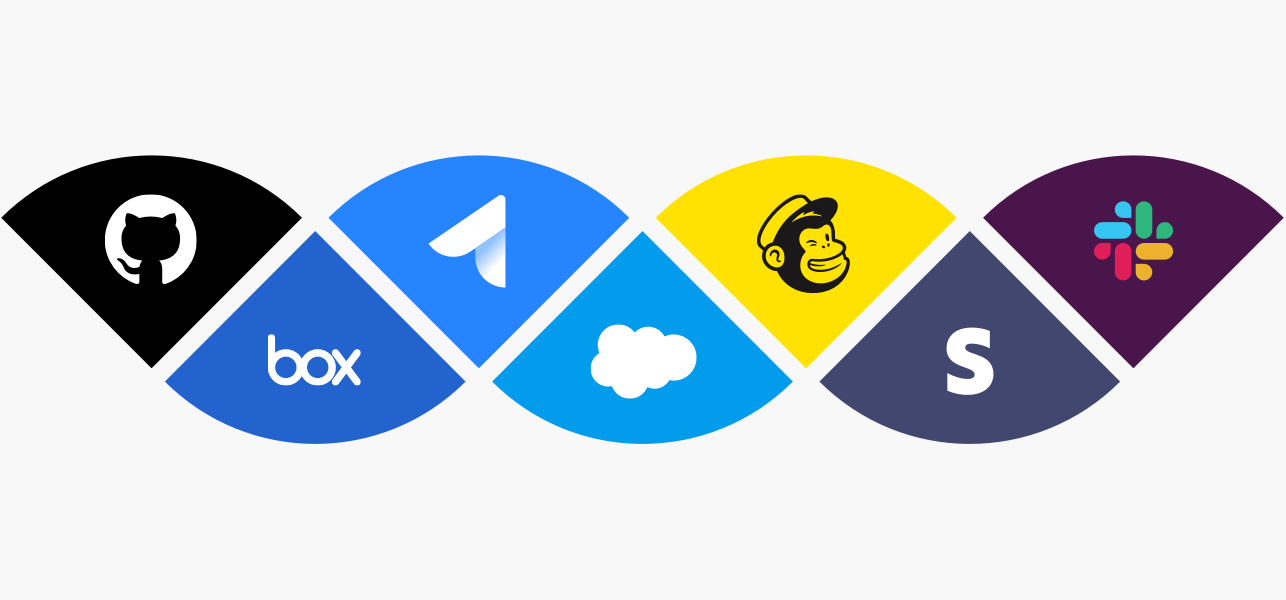
Privacy core - compliant policies ready for today's businesses
An up to date set of globally compliant privacy policies that are applicable to most businesses, speeding up their route to certification. Agreement policies for popular data processors are also available.
The warpchain - building trust between you and your customers
An encrypted blockchain between businesses and their customers enables traceable access to personal data by both parties - enabling compliance with various aspects of GDPR and CCPA regulations.
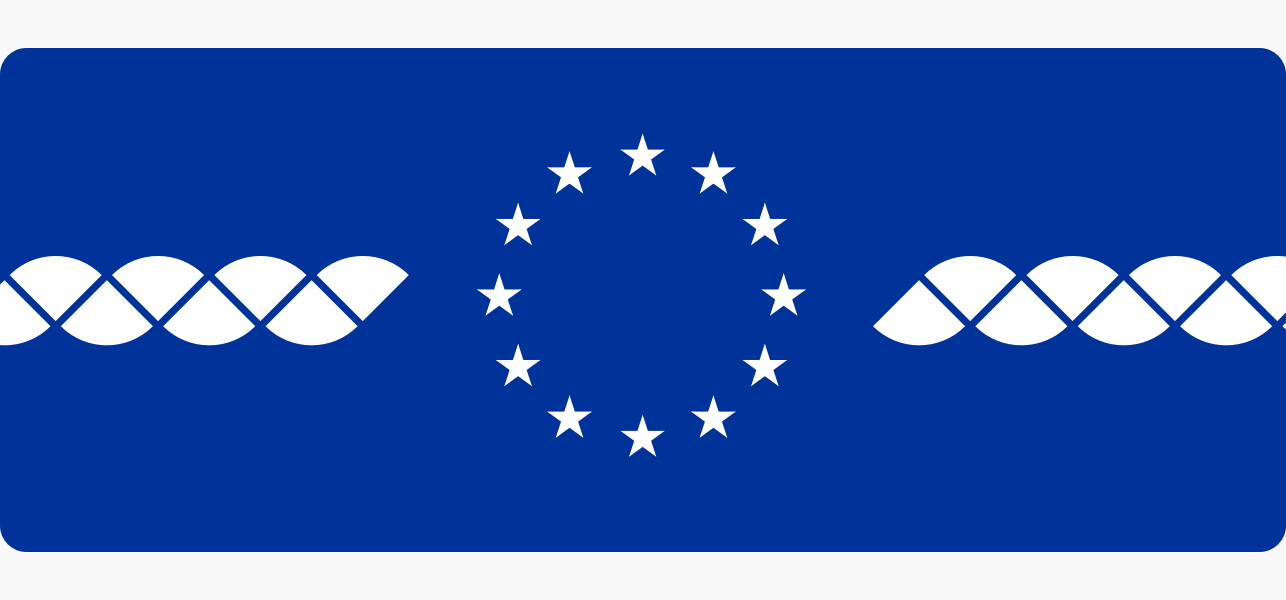
Warp for data privacy virgins
Warp makes it easy for people to keep track of when and why the data they are most concerned about is collected and what it’s used for.
Users select the data they want to keep a close eye on during onboarding
The selections users make during onboarding are used to pre-populate the users “insights panel.” This gets them up and running with monitoring the data they are interested in as quickly and simply as possible.
Interaction prototype
A users journey from onboarding through to tracking and removing personal data
Contextual data collection
As users interact with a business’s online products, they are notified which features require new pieces of data to be collected from them and why. This integrated approach helps them understand what their data will be used for in a more concise and timely way, building their trust with the business.
Warp for active data introverts
Warp enables those wanting to dive deeper to filter down, modify and delete specific types of their data held by any organisation.
The streamgraph shows a top level overview of a users data collected during the course of a week. Visualising the data in this way helps the user identify moments of significant data collection which they can then choose to investigate further.
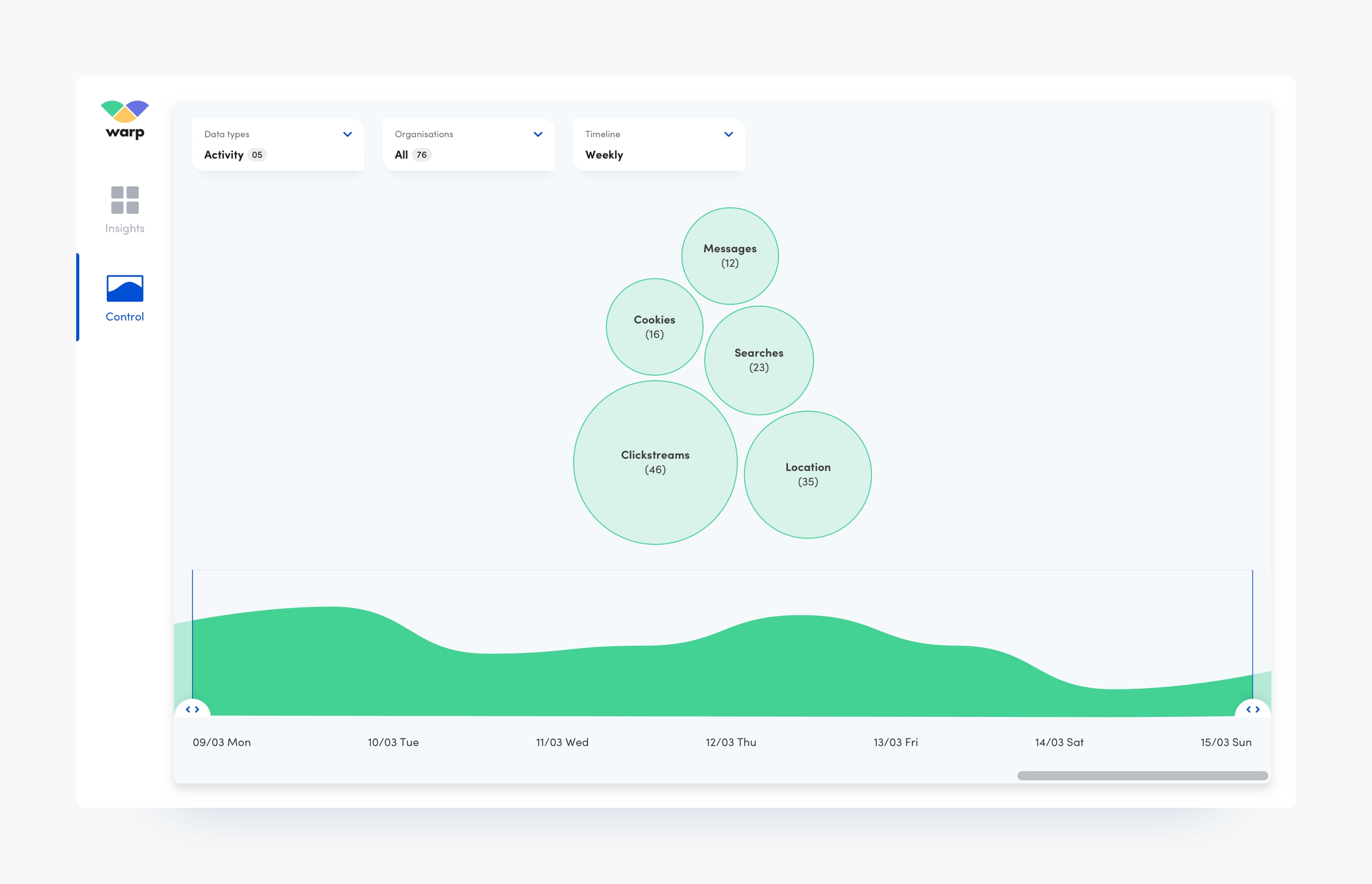
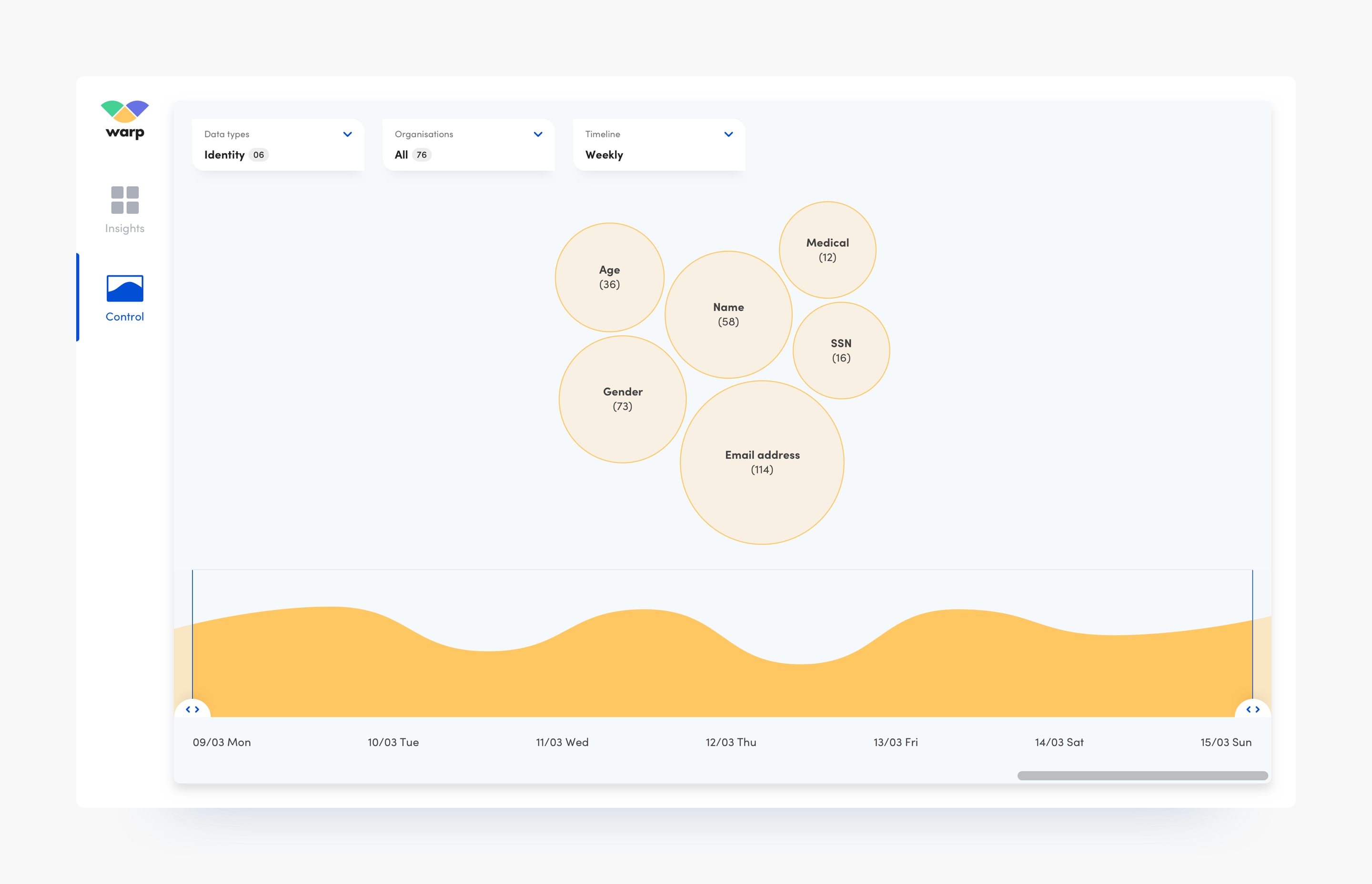
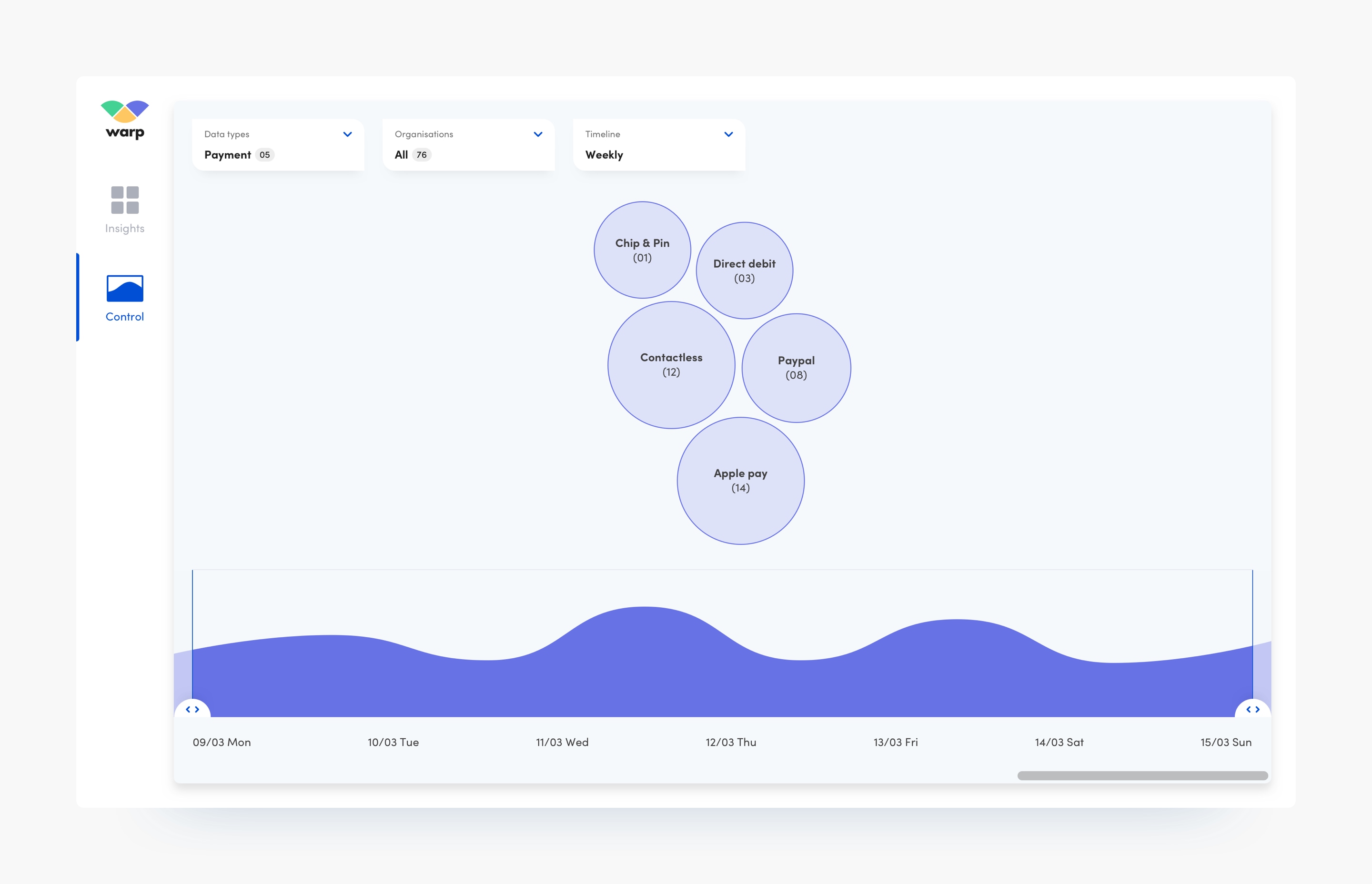
Within each category, users can view the data types that have been collected from them during the week. This information is presented as bubbles, with the largest (containing the most data) bubbles at the bottom of the pile.
By interacting with the sliders, users can focus on viewing data collections within a narrower time frame. This helps them find specific pieces of data they may have come looking for.
Data within each category is sorted by company and recency. Within each company dropdown is a list of the data collected as well as a button to delete it.
Interaction prototype
Finding and deleting a specific piece of user data
Ultimately, privacy is a fundamental human right
Considering the developments in new technologies such as deepfaking, 5G for more accurate geolocation and of course track and trace apps for COVID-19, it is no surprise why the general public are more concerned than ever before about how organisations are collecting and using their data.
There is no doubt that data privacy is an incredibly complex issue, requiring the expertise of businesses, lawmakers, tech teams and many more to arrive at the best solutions. But it is also arguably one of the biggest social issues faced by society.
This is the key innovation behind Warp’s propostion. By empathising with the challenges and needs of stakeholders at all levels, Warp is able to provide a truly viable product service solution that can improve the state of data privacy for all.
Robin Lifecoach
Robin Lifecoach
Launching Modest Tea
Robin Lifecoach
Supporting the masses to reach a happy 100 year life
Supporting the masses to reach a happy 100 year life
Designing and running a loose leaf iced tea business
Supporting the masses to reach a happy 100 year life
The Road to Digital (II)
The Road to Digital (II)
The Road to Digital (II)
The Road to Digital (II)
The Road to Digital (II)
Eliminating the language barrier
Eliminating the language barrier
Eliminating the language barrier
Eliminating the language barrier
Eliminating the language barrier
© DAVID FRIEDMANN 2022
© DAVID FRIEDMANN 2022
© DAVID FRIEDMANN 2022
© DAVID FRIEDMANN 2022
© DAVID FRIEDMANN 2022
